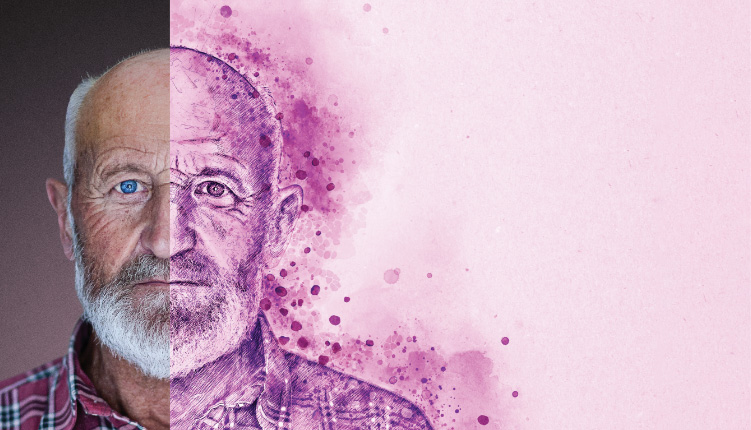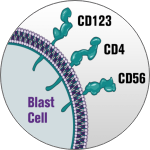

Why it is
important
To talk about…
CD123 and
BPDCN
~85% to 90% of patients with BPDCN present with skin lesions1-3
Dermatologists may be the first to recognize the signs of BPDCN and biopsy unusual or treatment-resistant lesions4-6
Follow thedermatologists’ path
The CD123 marker is highly expressed (~95%) on BPDCN cells1,5,7
Pathologists can test for BPDCN by including CD123, in combination with CD4 and CD56, in every hematologic diagnostic panel4,8*
Follow thepathologists’ path
BPDCN is a rare and clinically aggressive hematologic malignancy with poor outcomes7,9,10
Hematologist-Oncologists can push for an early diagnosis of BPDCN to help improve its poor outcomes and provide appropriate treatment4,10
Follow the hemato-oncologists’ path
Early diagnosis of this deadly cancer is critical and may take a multidisciplinary team4
* The diagnosis of BPDCN requires immunophenotyping and fundamentally relies on the demonstration of CD4, CD56, CD123, CD303, and TCL1 expression, together with a lack of expression of markers for B cells, T cells, myeloid or monocytic cells, and NK cells.4,5



